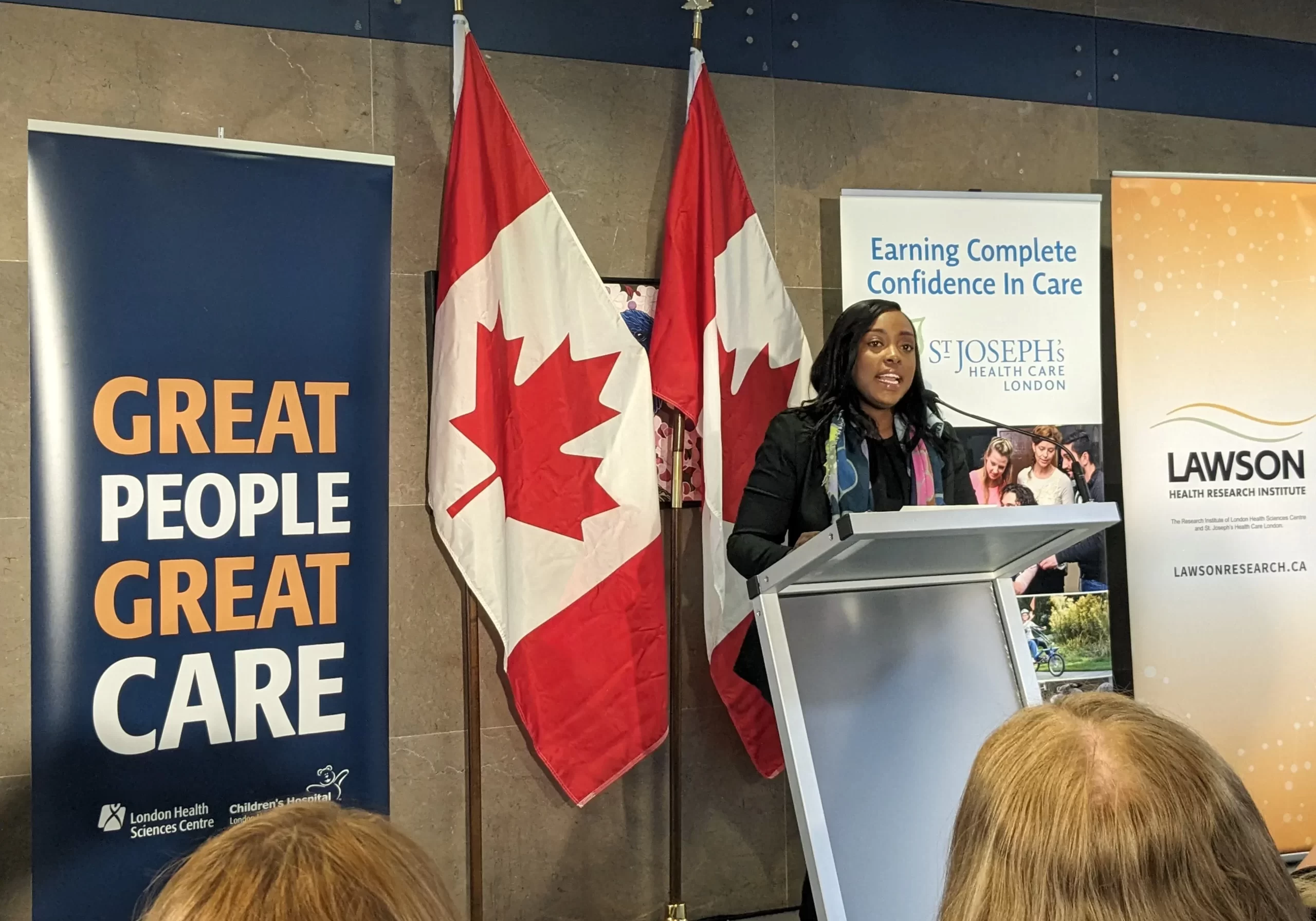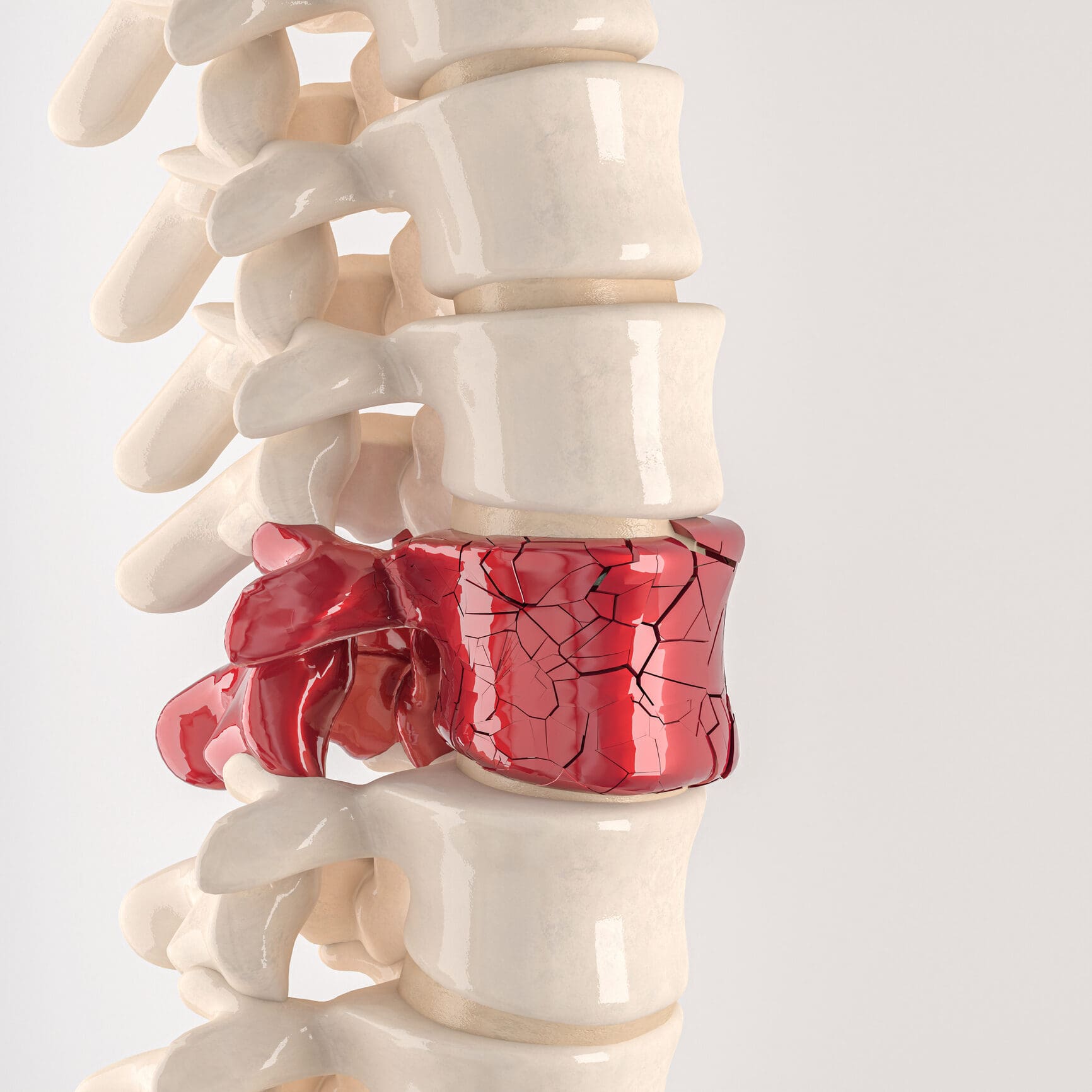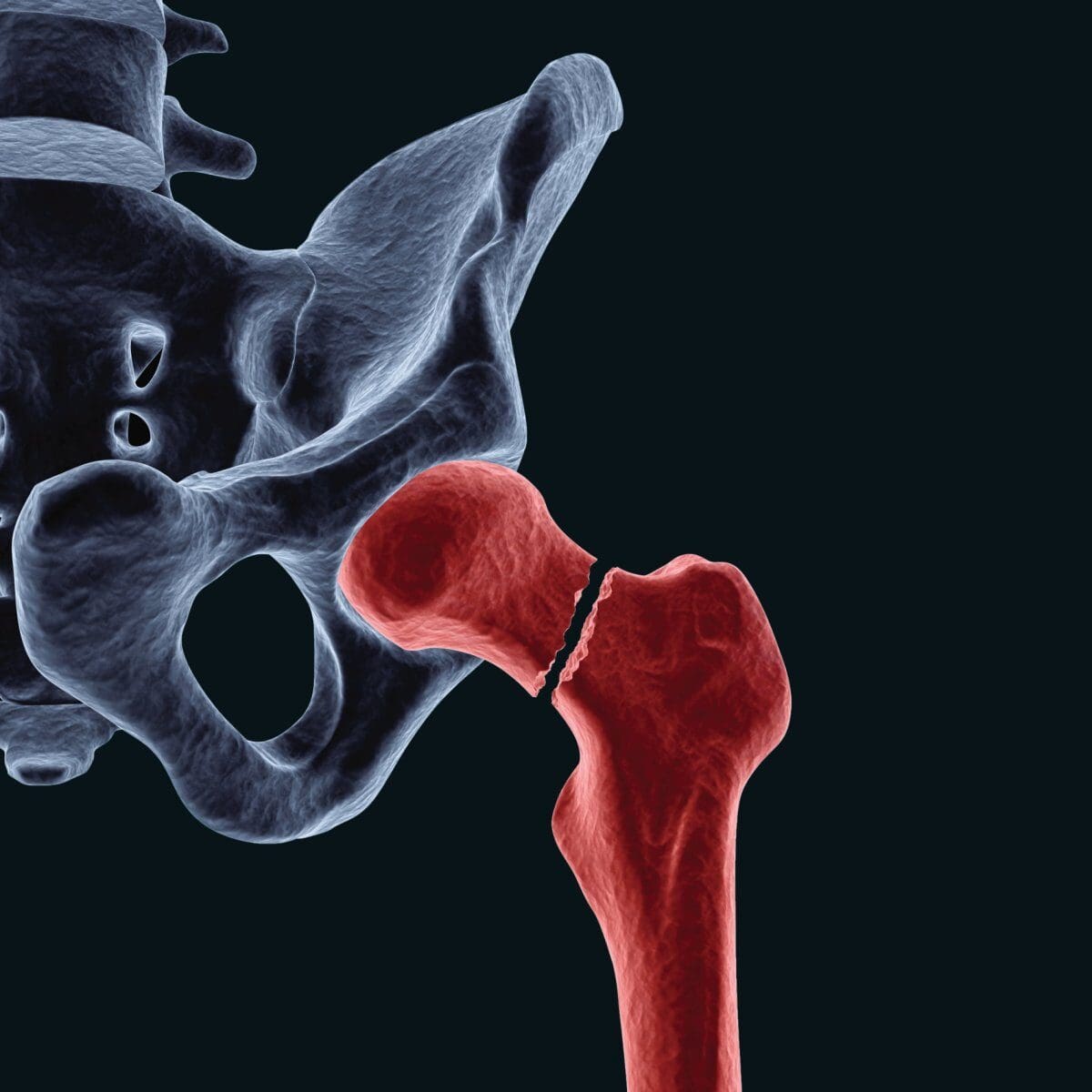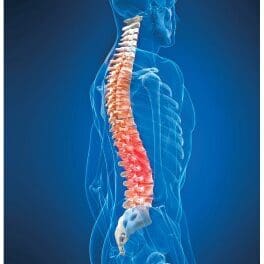New and Updates

HIp Fracture QBP
Health care professionals across Ontario can use the evidence-based guidance, measurement tools and implementation supports in Health Quality Ontario’s new Hip Fracture Quality Standard to improve the quality of hip fracture care.
Please reach out to Ontario Osteoporosis Strategy’s Regional Integration Lead in your area to be part of your Quality Improvement team as you implement the Hip Fracture QBP.

Too Fit to Fracture Booklet
What’s Inside:
-
Exercise tips to prevent falls and fractures
-
Safe movement and osteoporosis-friendly exercises
-
Guidance on yoga, Pilates, walking, running, and community classes
-
Tools to help you plan and structure your exercise routine

London Health Science Case Study
This report highlights the successful implementation of the Hip Fracture: Care for People With Fragility Fractures quality standard at the London Health Sciences Centre, specifically the Victoria Hospital site. Originally published in 2016 and updated in 2024, the quality standard has guided care across the province and nationally.

Fragility Fractures
Are broken bones that happen spontaneously or as a result of normal daily activities or a fall from standing height or less.
Fragility fractures are the most serious sign of osteoporosis
A fragility fracture should trigger a Bone Mineral Density Test (BMD)
- Fragility fractures are responsible for excess mortality, morbidity, chronic pain, admission to institutions and economic costs1-3
- Those with hip or vertebral fractures have substantially increased risk of death after the fracture2
- Multiple vertebral fractures can cause significant pain, anxiety, depression, reduced pulmonary function and agitation4

Hip Fractures
One in three hip fracture patients re-fracture at one year and over 1 in 2 will suffer another fracture within 5 years.
40% of people who fracture a hip had a prior (non-hip) fracture - which was not recognized as a warning sign of osteoporosis
Only 44% of hip fracture patients discharged from hospital go home.
28% of women and 37% of men with osteoporosis related hip fractures will die of complications the following year

Height loss = Early warning signs
All men and women 50+ should have annual height measurements
- ¾” in one year (~ 2cm)
- 2 ½” since young adulthood (~ 6 cm)
Should trigger a SPINAL X-RAY and assessment for osteoporosis
Spinal Fractures can result in:
back pain, depression, height loss, protruding abdomen, reduced lung function,
weight loss, sleep disturbance, impaired activities of daily living